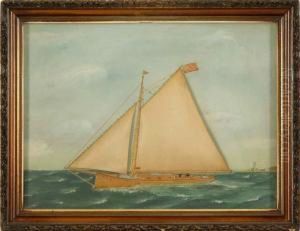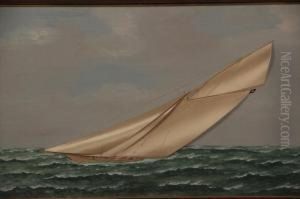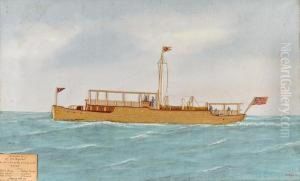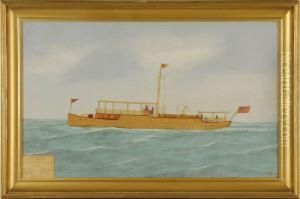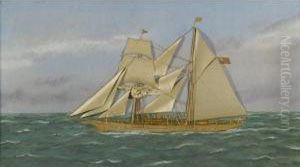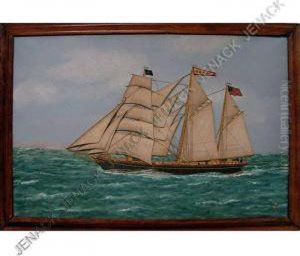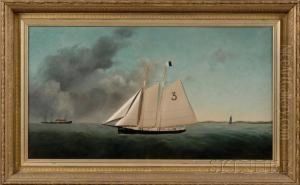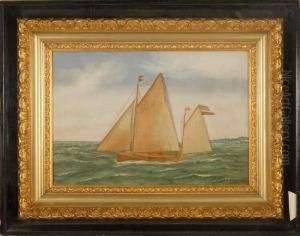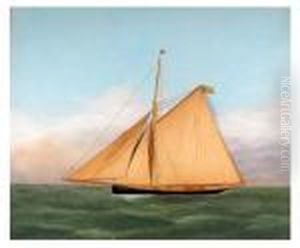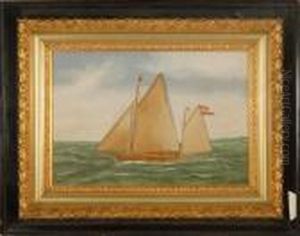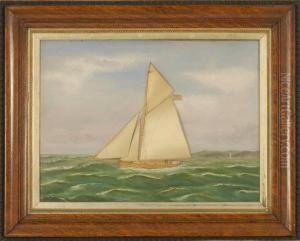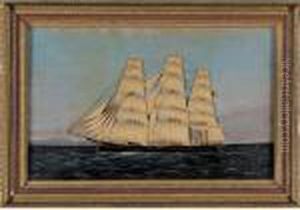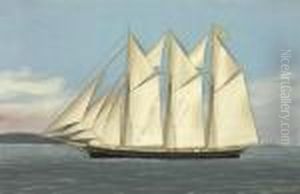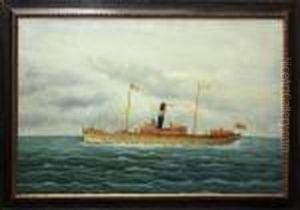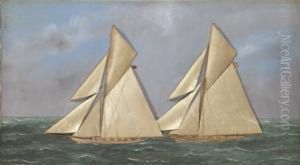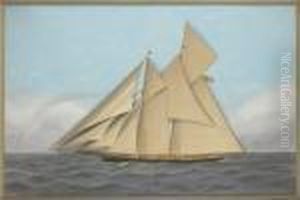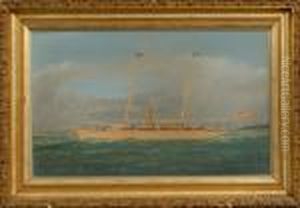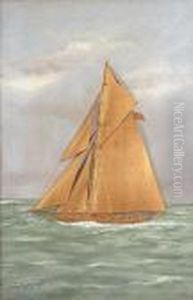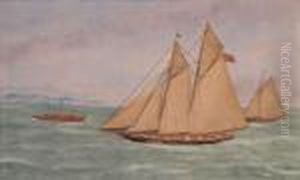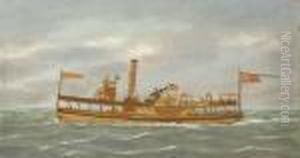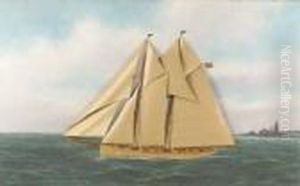Thomas Willis Paintings
Thomas Willis was a pioneering English doctor who played a crucial role in the history of medicine and science. He was born on January 27, 1621, in Great Bedwyn, Wiltshire, England. Willis is often credited as one of the founders of neurology as a medical field due to his extensive work on the brain and nervous system.
During his early life, Willis attended Christ Church, Oxford, where he received a thorough education in various fields, including medicine. After completing his studies, he worked as a physician and became a member of the Royal Society, an institution dedicated to promoting scientific knowledge.
Willis's contributions to medicine are numerous. He is particularly famous for his work on the anatomy of the brain, described in his seminal book 'Cerebri Anatome' (Anatomy of the Brain), published in 1664. This work contained detailed descriptions and illustrations of the brain's structure and was groundbreaking at the time. He was the first to describe the 'Circle of Willis,' a circle of arteries on the base of the brain that is crucial to its blood supply, which is named after him.
His work extended beyond neurology. Willis also made significant contributions to understanding various medical conditions, including diabetes, and was a pioneer in studying the role of chemistry in medicine. He was known for his innovative approach to diagnosis and treatment, often integrating knowledge from different scientific fields.
Willis was not only a celebrated physician during his lifetime but also a respected teacher who had a profound influence on his students, some of whom became notable physicians themselves. His legacy in medicine is marked by the continued relevance of many of his findings and the ongoing reference to his work in the study of neuroanatomy and neurophysiology.
Thomas Willis passed away on November 11, 1675, in London, England. His work had a lasting impact on the fields of medicine and science, and his name remains synonymous with the early development of neurological science.
